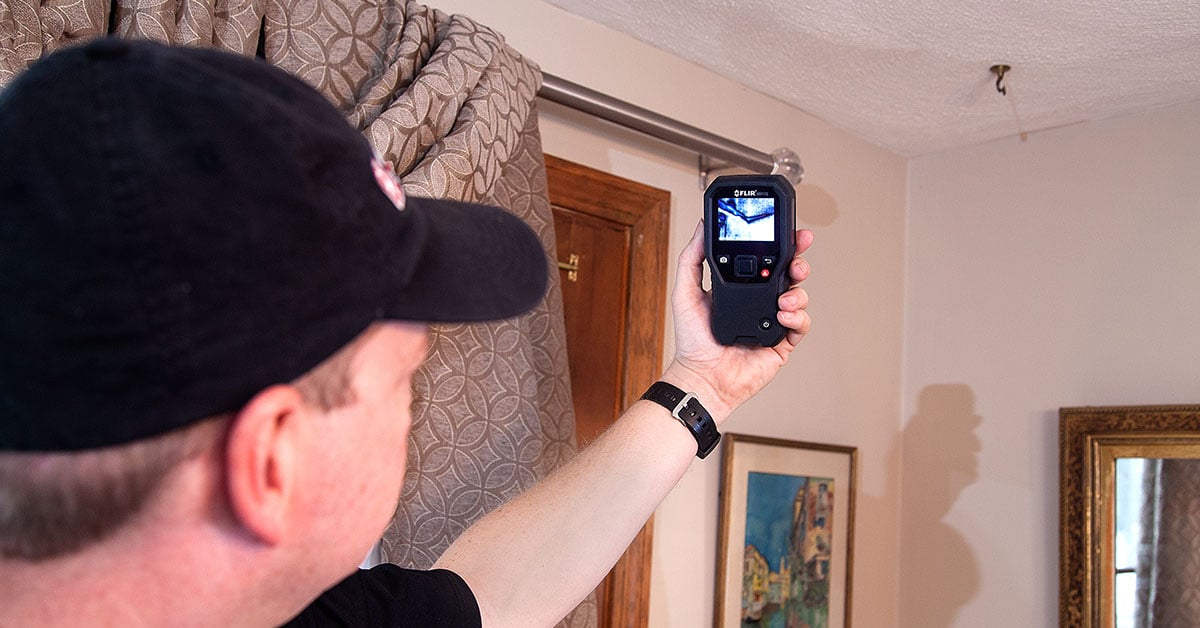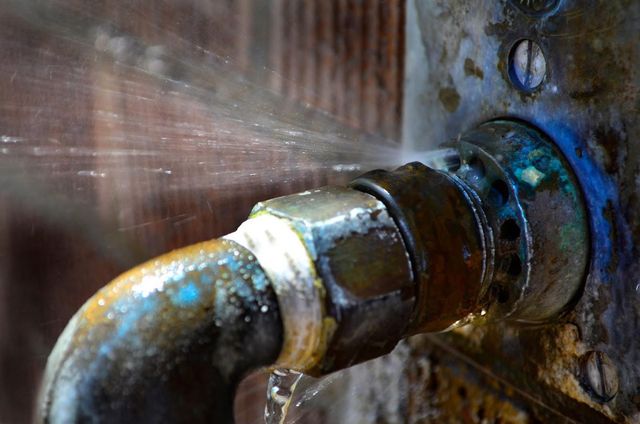We've uncovered this post on Leaking water lines below on the web and felt it made perfect sense to relate it with you on this site.

The moment you locate a leakage, calling your plumber for repair work is the best solution. Some tiny water leakages may not be noticeable. If you can not find it with your naked eyes, here are some hacks that assist.
Early discovery of dripping water lines can minimize a potential calamity. Aside from conserving you money, it will certainly lessen the stress and stress.
Examine Water Usage
If you identify sudden changes, regardless of your intake being the very same, it indicates that you have leaks in your plumbing system. A sudden spike in your bill shows a fast-moving leak.
On the other hand, a steady rise monthly, even with the very same routines, shows you have a slow-moving leak that's also gradually escalating. Call a plumber to extensively check your property, particularly if you feel a cozy location on your floor with piping beneath.
Evaluate and Examine the Scenario
Homeowners ought to make it a routine to examine under the sink counters and even inside cupboards for any type of bad odor or mold and mildew development. These 2 warnings show a leakage so punctual interest is needed. Doing routine evaluations, even bi-annually, can save you from a major problem.
Analyze the Water Meter
Every house has a water meter. Checking it is a surefire way that aids you uncover leakages. For starters, shut off all the water sources. Ensure no person will certainly flush, make use of the tap, shower, run the washing machine or dish washer. From there, most likely to the meter as well as watch if it will alter. Because no person is using it, there should be no motions. If it moves, that suggests a fast-moving leak. Also, if you detect no changes, wait an hour or 2 and inspect back again. This means you may have a sluggish leakage that might also be below ground.
Asses Outside Lines
Do not forget to inspect your outdoor water lines as well. Needs to water seep out of the link, you have a loose rubber gasket. One small leakage can waste heaps of water and also spike your water expense.
Do a Food Coloring Examination
When it comes to water intake, 30% comes from bathrooms. If the color somehow infiltrates your dish throughout that time without flushing, there's a leak between the container and also bowl.
Check for discolorations and deteriorating as the majority of pipes and devices have a life expectancy. If you think leaking water lines in your plumbing system, don't wait for it to intensify.
The minute you discover a leakage, calling your plumber for repair services is the ideal option. Some little water leaks might not be noticeable. Examining it is a proven way that aids you uncover leakages. One small leak can throw away bunches of water as well as spike your water bill.
If you believe dripping water lines in your plumbing system, do not wait for it to intensify.
How to Know If Your Home Has a Hidden Leak
Water Meter Reveals Inexplicable Water Usage
If you’d like to test whether or not there’s a leak somewhere in your home, you can do this using your water meter. Here is how to conduct the test:
Don’t use any water in your home for at least 30 minutes; this also means not turning on faucets or water-using appliances.
Go outside, and check your water meter for activity.
If your water meter shows that there was activity, even though no one was using any water, this proves that there is a leak in your home.Visible Mold or Mildew Growth
Leaks behind walls create moist, dark environments that allow mold and mildew to grow and thrive. Eventually, you might see mold growth forming on the wall closest to a hidden leak.
If mold is growing in an area that receives a high amount of moisture, such as a bathroom, it may simply be an indication that better ventilation is needed. However, if you see mold growth on a wall or the ceiling in an area where you would not expect, you probably have a hidden leak.
Musty, Mildew Odor
Sometimes you might not be able to see the mold or mildew that is growing as a result of a leak. However, the smell can give the problem away just as easily. If you catch a whiff of something musty, there’s a good chance that old water is collecting somewhere in your home that you can’t see.
Stained/Warped Walls, Ceilings, or Floors
When your home soaks up water, a variety of red flags can become visible, including ceiling stains, bubbling drywall, warped walls, and sagging floors. While these issues can be caused by excess humidity, they can also be signs that a pipe or plumbing connection has started leaking behind your walls.
Inexplicably High Water Bill
After a while, you get a general sense for what your water bill should be. If you own a pool or sprinkler system, your bill will tend to be higher during summer. However, if you receive a water bill that seems especially high, and you can’t figure out what caused it, then you may have a hidden leak somewhere that’s increasing your bill.
https://www.plumbingjoint.com/blog/2019/july/how-to-know-if-your-home-has-a-hidden-leak/

I came across that post about Hacks to detect leaks when doing a lookup on the internet. Don't hesitate to take a moment to share this entry if you enjoyed reading it. Thanks a bunch for your time. Visit us again soon.